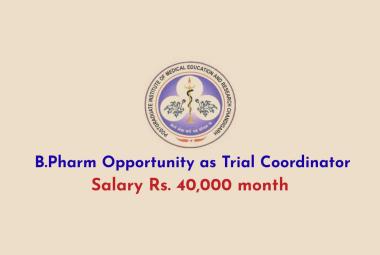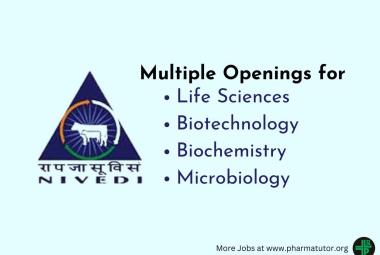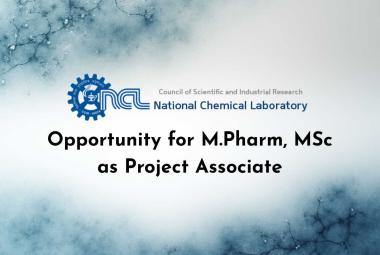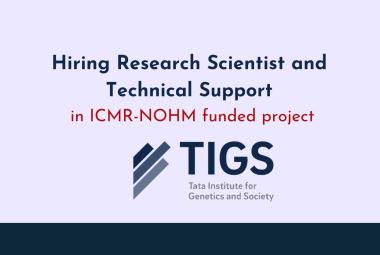GREEN TEA IN GREEN WORLD AN UPDATED REVIEW
{ DOWNLOAD AS PDF }
 ABOUT AUTHORS
ABOUT AUTHORS
Devender Sharma*1, Kajal V. Kosankar2,
1Hi – Tech College of Pharmacy, Chandrapur, Maharashtra (India)
2Smt. Kishoritai Bhoyar College of Pharmacy, Kamptee, Nagpur, Maharashtra (India).
*sdevender350@gmail.com
ABSTRACT
“Green tea in green world” it means that healthy green tea in healthy world. As we know when leaves are in green color they are considered as they are fresh and healthy to use. Tea, it is present in two forms that is green or black tea, it is consumed most widely in the world. Extracts of tea leaves it is supplied in the dietary supplements which will maintain the health. However, this review shows an interest in the health care properties of green tea which will help in treatment of cancer which is more dangerous cannot be cure easily. The comparison between black and green tea is given which will help to make a choice. Green tea contains catechins which is an important chemical constituents it shows biological activity like antioxidant, anti-angiogenesis, and anti-proliferative effects and also in treatment of various forms of cancer. This review has much more focus on the biological properties like catechin, epigallocatechingallate (EGCg) show effects on antitumor properties and other health benefits. The antioxidant properties of green are responsible to improvement in cardiac health, atherosclerosis and it has powerful effects on the body. Catechins may reduce cholesterol levels in blood and also improve brain function. The studies show that when caffeine and L-theanine have synergistic effects. Green tea shows fat oxidation about increased by 17%. Green tea contains approximately 20-40% polyphenols and 60-80% catechins such as EGCG by weight. Synergistic properties of polyphenolicconstituents are increasing now a day that are important in medicinal benefits. Tea is now finding its way into topical preparations like patches. The uses of green tea are clinically proved.



 ABOUT AUTHOR
ABOUT AUTHOR






